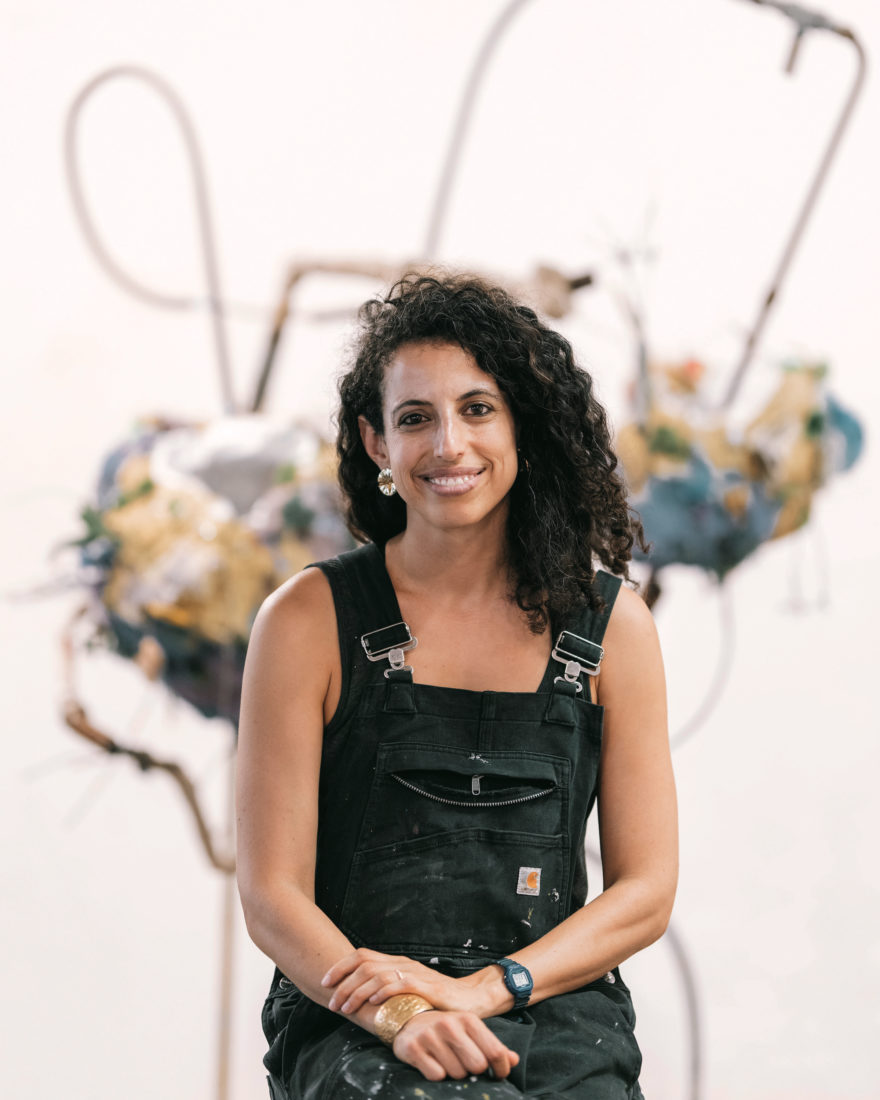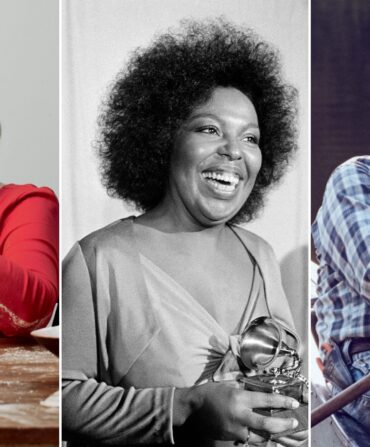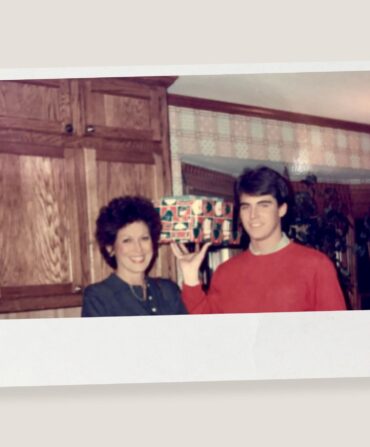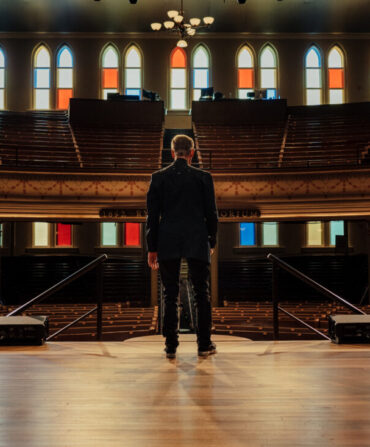By the time Hannah Chalew hops off her bike at her New Orleans studio—a large, airy warehouse and former neighborhood woodshop—she’s covered in sweat. But for the thirty-six-year-old multimedia artist, even her mode of transportation matters: “How I’m choosing materials, how I’m getting to my studio—they’re part of my practice.”
Chalew’s heart for conservation traces directly to her homeplace. While she was away at college in New York, Hurricane Katrina struck. “Every time I came home from school, the city was so different,” she says. “I wanted to be a part of the rebuilding and revitalization.” Now healing the landscape of southern Louisiana propels her artistry, whether she’s hauling rusted pipes from scrapyards for a sculpture, grinding up oak galls for natural ink, or mixing single-use plastic waste with a byproduct of sugar refining for handmade paper.

Inspired by the art triennial Prospect New Orleans, Chalew moved back to the city after graduating, and began melding her creativity with social justice. She pedaled her bike out to neighborhoods abandoned after Katrina, documenting nature’s reclamation of the urban landscape and conceiving plein air drawings of natural and man-made environments caught in tension, roots and leaves fiercely springing from chemical plants and underground pipelines. “Here, plant life comes back quickly,” she says, “and I thought about the dystopian future we’ll inherit if we don’t change the course of climate change. I had to imagine a new way forward.”
In 2018, she attended Fossil Free Fest, a cultural biennial imagining a greener future. “Through the festival, I started doing more activism, going to marches, getting involved.” She led banner-making workshops, began to think critically about the oil and gas industry’s role in Louisiana’s economy and culture, and learned from local leaders—especially Black women on the front lines in “Cancer Alley,” a highly polluted region along the Mississippi River between New Orleans and Baton Rouge. “It inspires me to be in community with these women,” Chalew says. “And it informs my studio work.”
She collaborated with one of those activists, Gail LeBoeuf from Inclusive Louisiana, to create an ink from pollution found outside of a fossil-fuel export facility. “Using the ink is a way to visualize that waste and pollution,” Chalew says. One of the resulting screen prints, Overburden, studies the relationship between exploited land and the oil and gas industry: Pipes root out from a tree stump, haphazardly overlapping with the organic underground landscape. The sale of some prints has helped Chalew give back to local grassroots organizations like Inclusive Louisiana and Rise St. James. “I want to shift our perception,” she says, “about what’s possible.”








